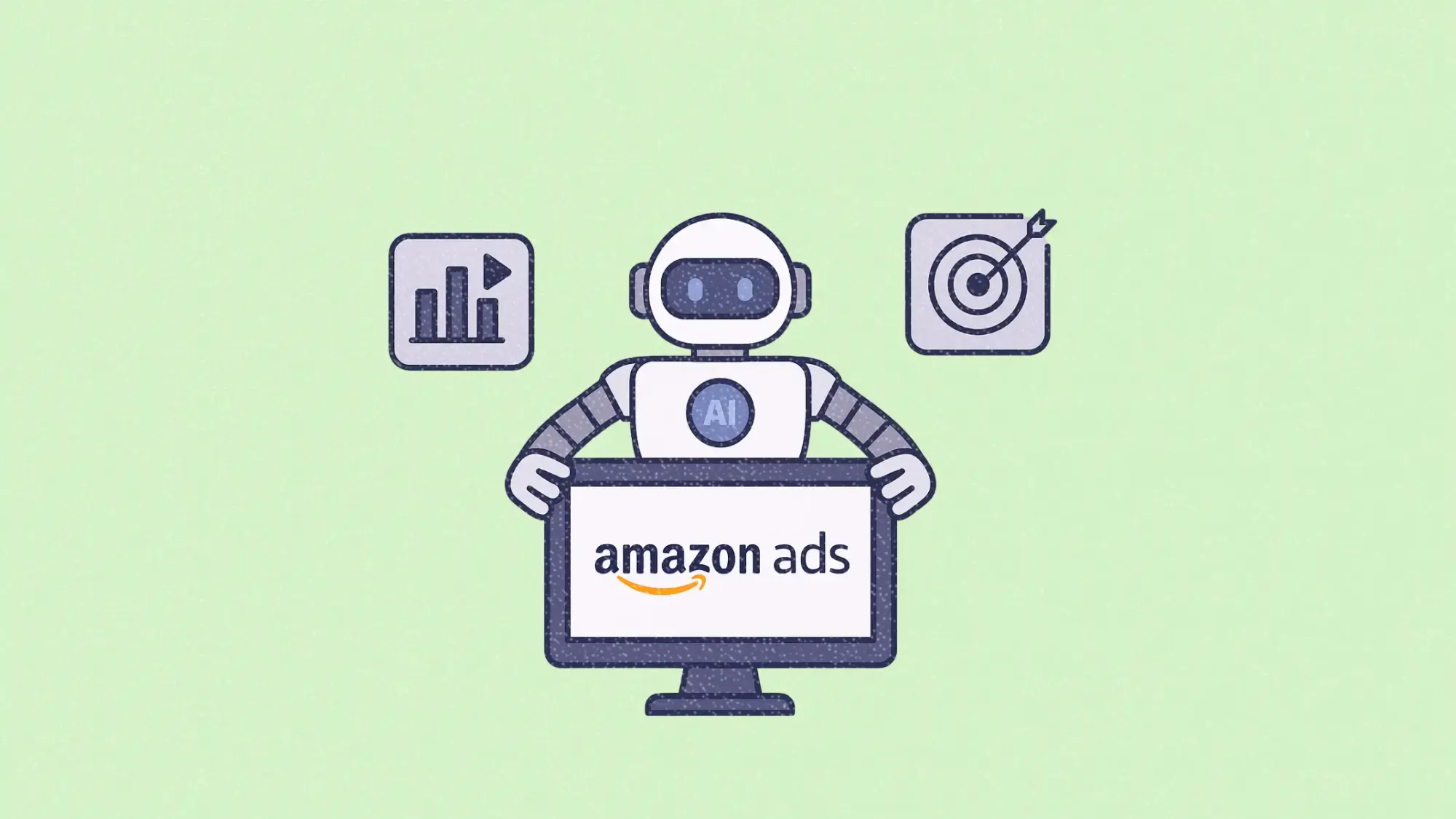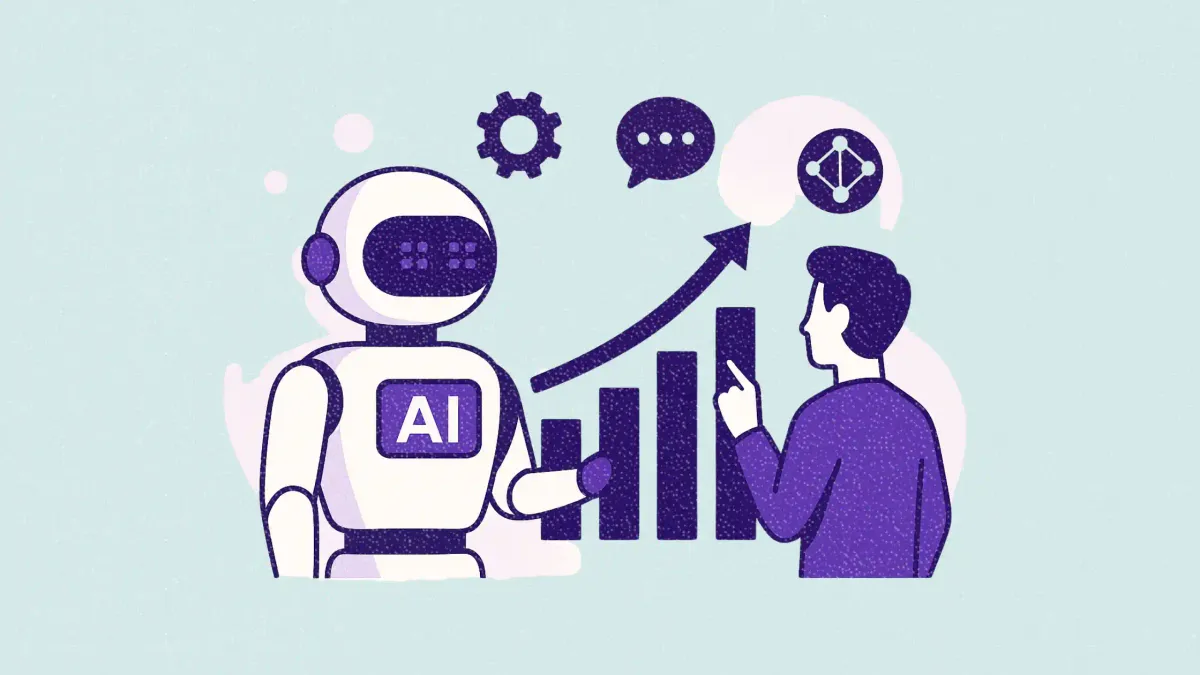10 ways AI is becoming embedded in ad strategy according to Amazon Ads
Amazon Ads lays out 10 ways marketers can start using AI right now—here’s what matters most.

AI is no longer a shiny toy in marketing—it’s fast becoming the backbone of modern adtech.
But while many marketers are still in the early stages of AI adoption, platforms like Amazon Ads are already embedding it across the entire campaign lifecycle.
In a recent overview, Amazon Ads outlined 10 areas where it’s applying artificial intelligence—from building better audiences to optimizing bids and analyzing results.
The message isn’t that AI will replace marketers. Instead, it’s becoming the infrastructure that enables faster decisions, more tailored creative, and smarter budget allocation.
This article unpacks the use cases Amazon Ads is prioritizing—and what marketers can learn from them now.
Short on time?
Here’s a table of contents for quick access:
- From context to content: using AI to stay relevant
- Making planning and creative less manual
- Optimizing in real time, not after the fact
- Attribution and reporting without the spreadsheet chaos
- Why this matters: AI isn’t just a tool—it’s a system shift

From context to content: using AI to stay relevant
One of the most immediate AI wins lies in making ads feel more relevant—especially as traditional signals like third-party cookies fade out. Amazon Ads says its tools now consider not just browsing and buying behavior, but also contextual data from the page or app a user is engaging with.
This allows for more intelligent placement and messaging—not just based on what the user bought last week, but on what they’re doing right now. The goal: reduce wasted impressions and serve creative that actually resonates.
AI also helps personalize content styles. For example, one user might click on emotion-driven messaging, while another responds to deal language. Training AI to spot those preferences is what helps build smarter creative templates at scale.
Making planning and creative less manual
Time and resourcing challenges often hold campaigns back before they even launch. AI can assist by automating early-stage tasks like creative briefs, audience insights, and product positioning recommendations.
Amazon Ads’ Performance+ tool is designed to handle much of this heavy lifting—helping marketers set up campaign frameworks aligned with specific KPIs. This kind of AI doesn't replace your media planner, but it does offer a head start and a second opinion on where to focus.
On the production side, Amazon’s AI Creative Studio (currently in beta) lets marketers quickly generate and adapt assets across different formats. It won’t replace your designers, but it can help scale content variations, especially for testing across markets or demographics.
Optimizing in real time, not after the fact
Marketers have long struggled with slow feedback loops—by the time a campaign underperforms, it’s too late to adjust. Amazon Ads is using AI to shorten that window by enabling real-time bidding adjustments, cohort-based optimizations, and even environmental triggers like weather.
This helps brands reallocate spend based on dynamic inputs, rather than relying solely on historical benchmarks. Tools like Audience bid boosting allow teams to fine-tune Sponsored Products and Sponsored Brands performance without overhauling the full campaign.
Budgeting is also becoming more fluid. Rather than splitting spend by channel upfront, AI can help rebalance across display, CTV, and streaming based on what’s actually driving outcomes.
Attribution and reporting without the spreadsheet chaos
Finally, Amazon Ads is leaning into generative AI for post-campaign analysis. This helps marketers make sense of complex datasets, surface key trends, and generate insights that can be communicated to stakeholders clearly.
Features like new-to-brand metrics and halo effect measurement provide a more nuanced understanding of campaign value—not just what converted, but what contributed. It’s a step toward attribution that’s more meaningful than click-through rates and more accessible than custom dashboards.
Why this matters
For marketers, the takeaway is clear: AI isn’t just a creative hack or analytics booster—it’s quietly reshaping the full stack of ad planning, delivery, and optimization. Amazon Ads’ use cases offer a glimpse of what that could look like at scale.
That doesn’t mean you need to adopt everything at once. But it’s worth identifying areas where AI can support—not supplant—your existing workflows. Start with a few use cases that map to your current campaign gaps, and let experimentation guide the rest.




